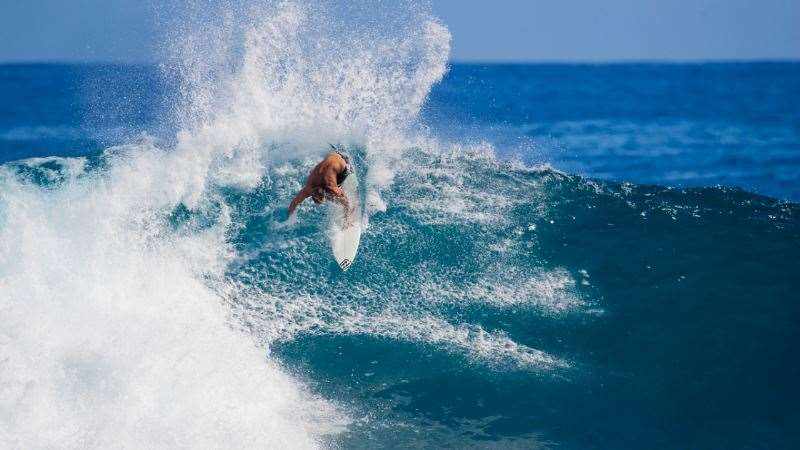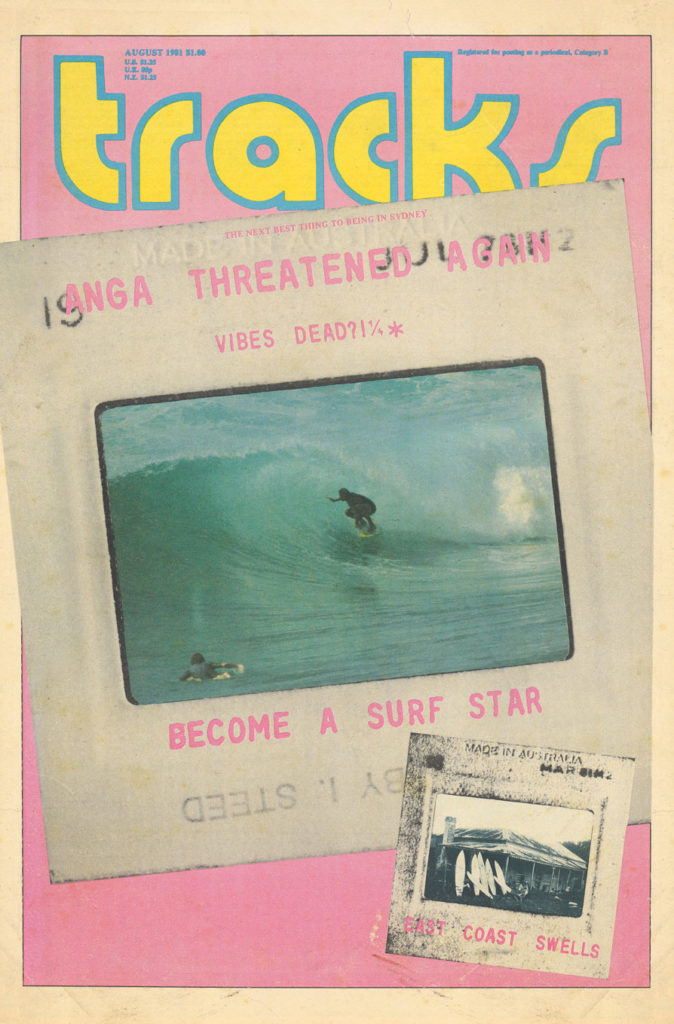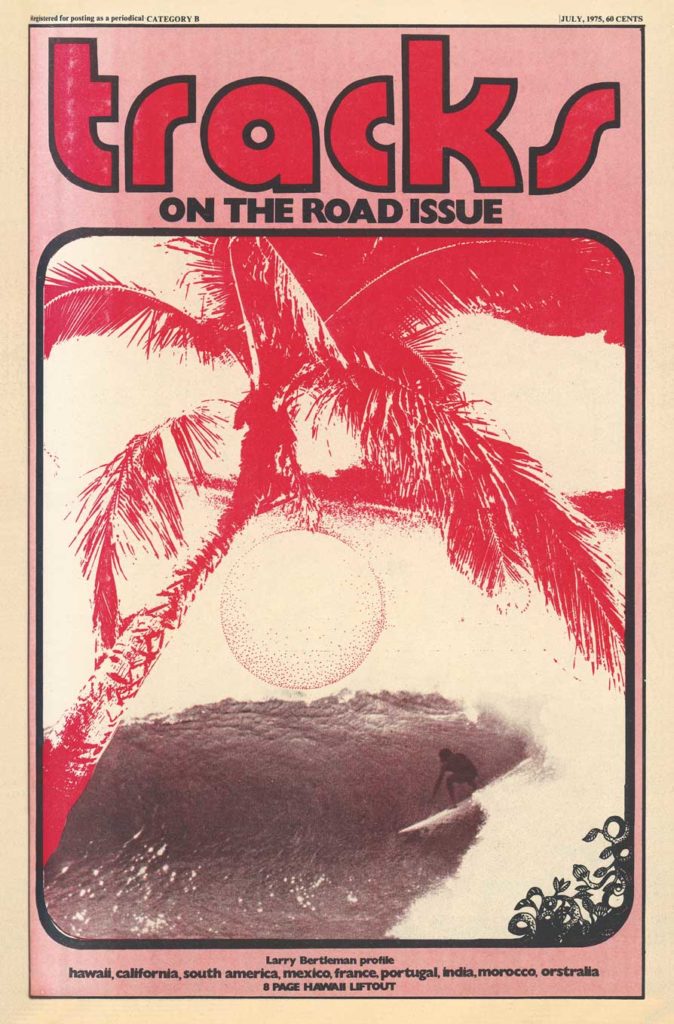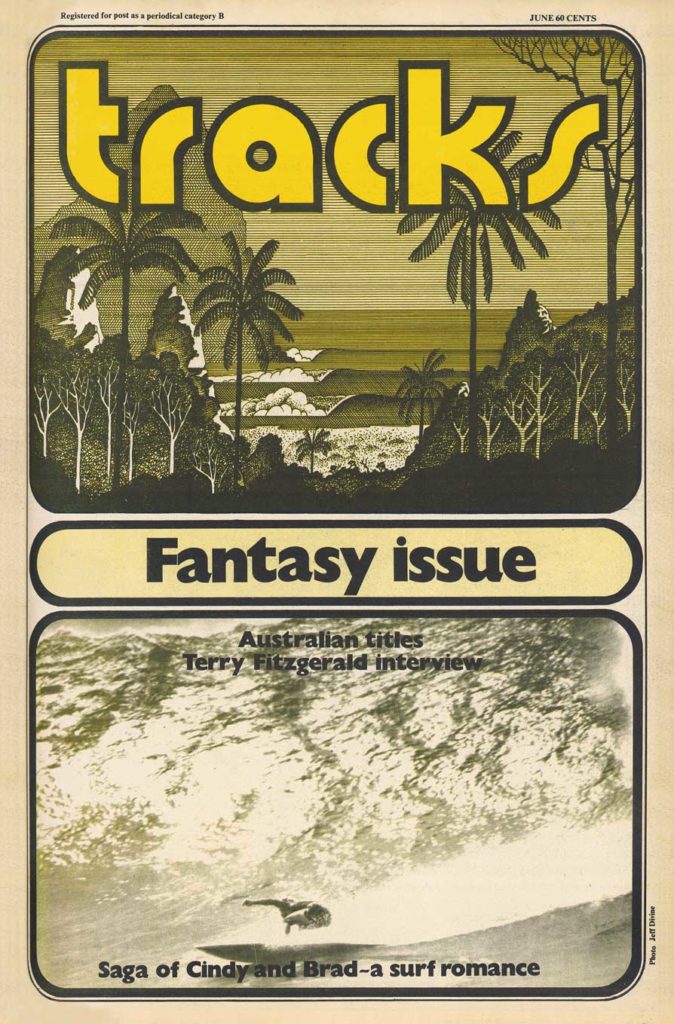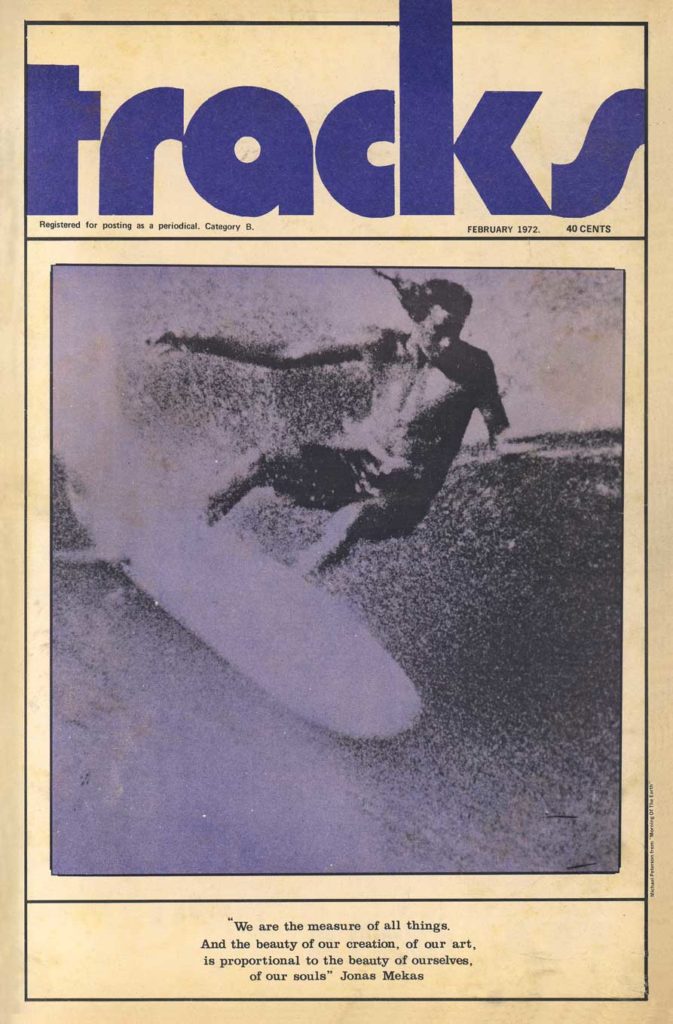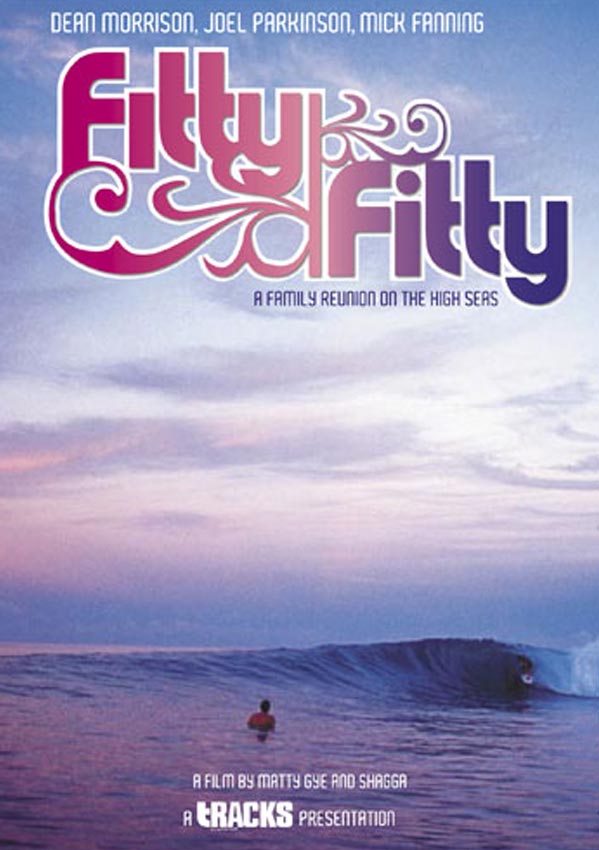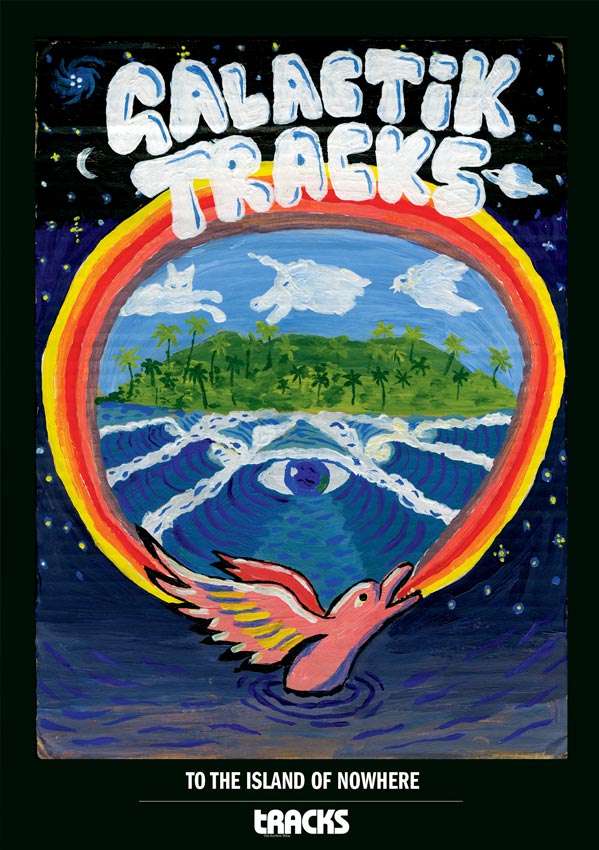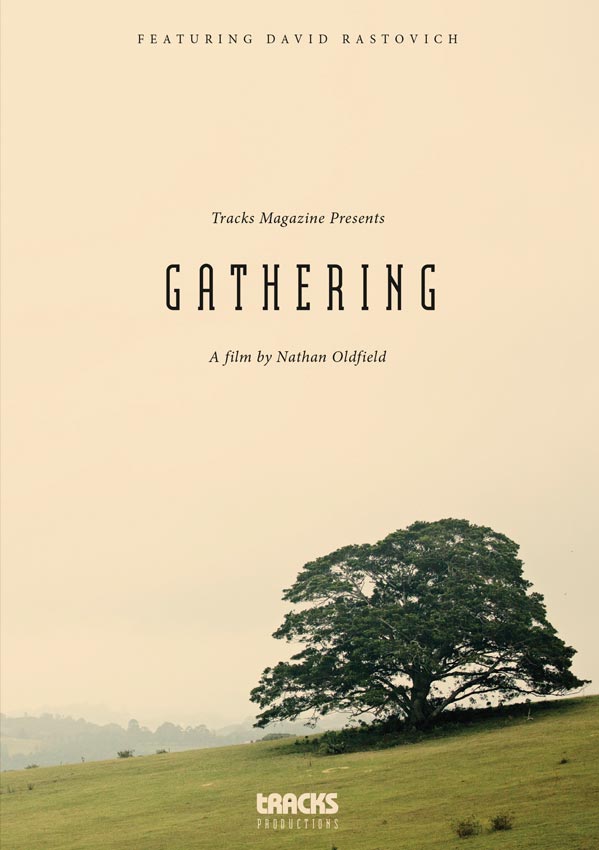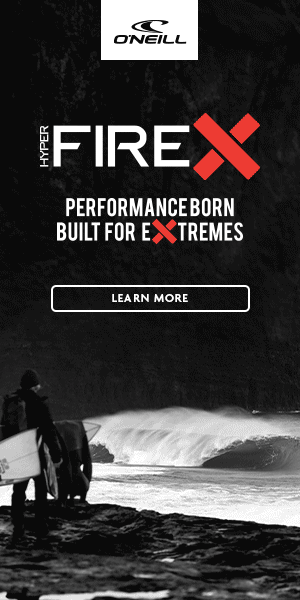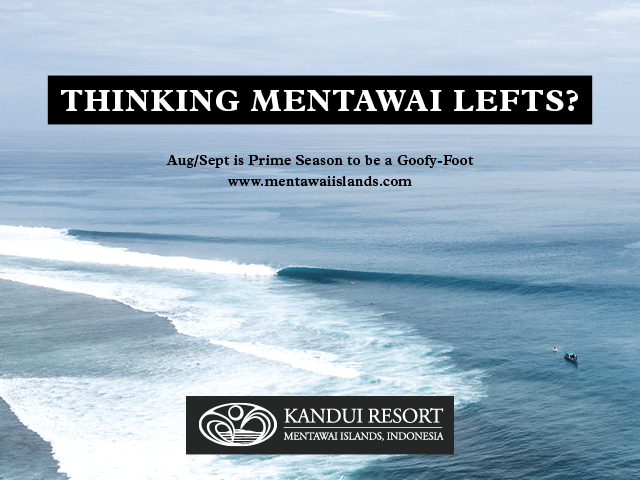There’s no escaping surfing’s historical association with drugs. Within a sub-culture that has openly embraced the consumption of illicit substances as a kind of anti-authoritarian statement there are numerous examples of high profile surfers who got busted or broken by some kind of gear. After a well-documented involvement in drug smuggling that began in the late 60s, ‘Mr Sunset’, Jeff Hakman, barely dodged serious gaol time and wound up with a major heroin habit. The enigmatic and brilliant Michael Peterson was a heroin addict and was likely loaded to the eyeballs when he won surfing’s inaugural man on man event – The Stubbies – in 1977. In the 80s G-land aficionado and Padang pioneer, Peter McCabe, did an 18-month stint in a New Caledonian gaol for drug smuggling. In the early 90s former Australian pro and Pipe Master, Robbie Page, spent 66 days (including time in solitary) in a Japanese prison when a tab of acid was found in his wallet at Tokyo airport. In his recent biography, two times world champion, Tom Carroll, discusses how he thrived on cocaine in his competition heyday and also details his battle with Ice addiction. When Andy Irons tragically died alone in a Texas hotel room in 2010 the autopsy strongly suggested that a cocktail of drugs had contributed to his death from a heart attack. If you sift through surfing’s colourful history there are countless other examples of drug scandals involving well-known surfers, and whatever your stance on drugs, there’s no denying that surfing’s reputation is tainted from a mainstream perspective.
Although the WSL can’t be held responsible for the views and practises of all surfers they do have a duty of care to their athletes and an obligation to protect the credibility of the sport. Drug testing is now an integral part of the professional league. Dig around a little on the WSL website and you will find a 40 page anti-doping policy and earlier this year former WCT surfer Raoni Monteiro received a 20-month ban for testing positive to a performance enhancing drug.
Tracks recently spoke to Joe Barranco from Sports Drug Testing International, an organisation that works closely with the WSL on the development and implementation of their testing program. Below he gives a detailed insight into which banned substances a surfer would benefit from and how the testing process works.
Which unsanctioned drugs could be used to enhance surfing performance?
As an example, you can take something (banned substances) to either fire you up (stimulant) or calm you down (anti anxiety medication) to take on a massive 20 ft wave at Teahupoo, you can take substances to recover from tough intense training sessions and be fresh to go again the next day and you can also use banned substances for an injury to get you back into training and into competition at a far quicker rate than without using these substances (Parko’s fin chop for example). For me, the year Parko won at Pipe was an example of why surfing should be regarded as a true sport and one that is physically and mentally demanding. I saw the Kelly / Dorian heat and that was epic, but you could see it took it out of both surfers physically and mentally. Kelly then had to back up with the short turn around for the final against Parko, and may not have had enough in the tank to be as competitive as he normally would have been. Although Parko was awesome in the final, had Kelly recovered better and been more fresh from that tough heat, would the result have been different? No one can say, but you want to make sure that all surfers are competing on a level playing field and under the same rules, which is why the WSL has an anti doping policy and program to ensure that this is the case.
So how would a drug like cocaine be used to enhance performance?
So in the world of anti-doping it’s treated as a PED (performance-enhancing drug) during in-competition and is deemed a stimulant. A stimulant can increase alertness, attention and energy.
The WSL are yet to state what drug Raoni Monteiro tested positive for. Is it common practice in other sports to announce what drug an athlete has tested positive for?
It is common for some sports to announce it as you can see it in the sports news regularly, but that is the prerogative of each sport to provide that information or not. Look, you’ve got to give the WSL credit for introducing an anti-doping program, but they are relatively new at it, one of the newest sports to take on a program of this kind. There are still sports globally that do not have an anti-doping program in place and some of those that do either don’t fund it or don’t support it the way the WSL do. A lot of sports have been doing it for a long time and have established programs that are well funded and supported.
When Raoni Monteiro tested positive for a PED during competition, although it is disappointing for the sport and the individual in question, it also justified why the WSL have this policy and testing program in place. Hopefully this situation will also act as a deterrent for any other competitor who has considered taking PED’s.
Who determines which drugs are actually banned for the surfers?
The WSL adopt the world anti-doping agency (WADA) list of banned substances and doping practices. They have what’s called an in-competition banned list and an out of competition banned list of substances and doping practices.
However with a drug like cocaine it’s up to the sport (in this case surfing) to determine how they respond to someone who tests positive?
Yes every sport has its own results management process for adverse findings, which is usually in line with guidelines set down by WADA to ensure consistency. For example if you look at the recent case with Essendon, the AFL Anti doping tribunal determined that the players were not guilty. However, WADA is going to appeal that decision in the Court of Arbitration for Sport (CAS). Basically they are arguing that the decision made by the AFL was not the right one and will attempt to have this overturned. Keep in mind that an adverse finding for a stimulant (i.e. Cocaine) in an in-competition test is deemed to be a positive for a performance enhancing drug.
What sort of drugs would be really useful to surfers if they were facing a long, exhausting day of surfing with multiple heats?
Without being too specific you’d say stimulants as an example as they can increase alertness and give you energy. There would be other banned PED’s and doping methods (e.g. IV Drips) that surfers could partake in as well, but stimulants would be one of the more obvious ones.
Some people believe there should just be a free for all with performance enhancing drugs because it’s too hard to catch cheats?
Well, by doing this you may have a lot of illnesses or deaths as a possible consequence as some of these substances, if abused, can cause harmful if not lethal side effects in the short and long term. On a philosophical level if you opened it up some people would abuse it … the same way some people do with alcohol and illicit drugs.
… The WSL have taken a great step forward.
I think from memory the positive stance they’ve taken on with the anti-doping program for the sport had a lot to do with Andy Irons. The welfare of the sport and the athletes came into question. Not so much the performance-enhancing element at the time… Could we have helped to prevent this with education and testing? Could we have saved his life? One cannot say if the outcome would have been different, but at least there would have been a better chance…
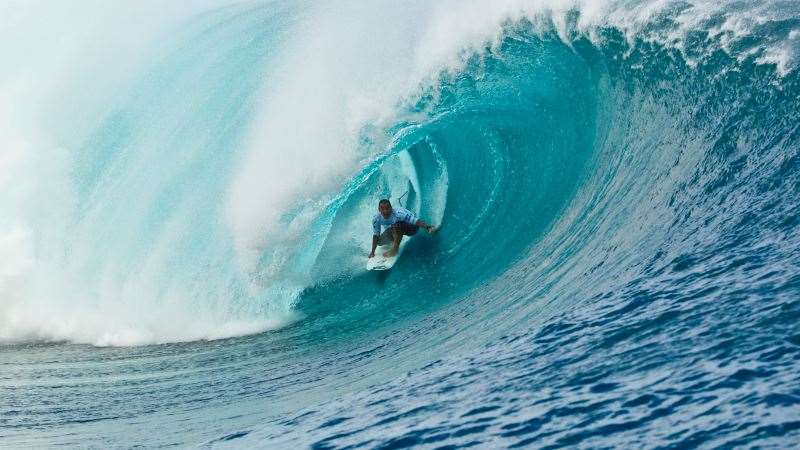 Brazil’s Raoni Monteiro competing during the 2013 Volcom Fiji Pro. Monteiro was suffered a 20 month ban from competing in WSL events after testing positive to performance enhancing drugs after competing in the Pipe Masters in December, 2014. Photo: Joli
Brazil’s Raoni Monteiro competing during the 2013 Volcom Fiji Pro. Monteiro was suffered a 20 month ban from competing in WSL events after testing positive to performance enhancing drugs after competing in the Pipe Masters in December, 2014. Photo: JoliHow could marijuana be perceived to be a performance-enhancing drug in a competition setting?
Well, marijuana… that’s a grey area, but you look at sports like shooting or billiards, if someone is less anxious and calmer they may actually take a better shot after having marijuana. For surfing, I can assume that in a situation where a surfer is feeling very anxious and is not able to perform as a result, then taking marijuana would be an advantage for them.
How does the actual testing process work within surfing?
Selections on who will be tested are made by the WSL for both in competition and out of competition testing. All surfers who compete in any WSL event can be tested at any time whether it is at an event or at their home even.
What about when you are testing multiple athletes at an event?
Selections can be random or be targeted. This as mentioned is determined by the WSL. But as an example, we might show up at the Quiky Pro and are informed that we are going to test all the losers from the fourth round, or we’re going to do the winner and loser of the final and the winners of the first round. There’s no actual set formula because you are trying to keep the athletes guessing.
However, it’s the WSL who decide when an event will actually be tested?
Yes
How have you been received by the surfers?
It was a little bit tricky at first until they had a better understanding of the policy and process. But now they are supportive and great with it.
How does the actual procedure work once you have decided to test a surfer?
The surfer that has been selected will be notified and they then have to be in view of a chaperone at all times before they report to a doping control station. Once they’re at the station a doping control officer will instruct them that they will be required to provide a minimum of 90 ml of urine and it’s a witnessed sample (by the same gender of course!); that’s the most important part of the process. Once that sample is provided it’s placed in a tamper-proof collection kit and sent to the laboratory. The only information that goes to the laboratory is a series of numbers and any information about medications or supplements the athlete may be on. They don’t get the names associated with the samples to ensure the integrity of the process.
We (collection organisation) are the only ones with the personal information that is passed onto to the WSL. There’s basically an A and B sample (The 90 ml of urine is split into a 60ml: A and 30ml B: sample) If they get an adverse finding in the A sample then they contact the surfer who is then entitled to be there for the opening of the B sample. If the B sample confirms the finding from the A sample it is then handled by the WSL and their results management process.
So do you think the surfers feel that having a drug-testing program is good for the image of the sport?
Absolutely …
Is there a danger with surfing, given the amount of money involved, that so called pharmaceutical/performance enhancing drug experts can approach pro surfers with the promise of miracle results?
Of course, you’d never say never. These people are always looking to keep themselves one step ahead of the detection agencies but we’re developing better processes and analytical techniques so it’s getting harder and harder for them.
Given surfing’s historical links with recreational drugs, do you think the WSL’s anti doping program is more about preventing the use of performance enhancing drugs or protecting the image of the sport by stamping out illicit/recreational drugs.
All of the above. It’s also about duty of care and welfare to the surfers first and foremost and then it’s about creating an even playing field. It’s also about brand integrity and protecting the image of the sport. Surfing is a business and to have a clean sport with a high level of integrity is good for business. Parents want to make sure their kids are looking at or involved with sports of the highest integrity with respected role models.
Playing devil’s advocate. The WSL is however in control of which events the testing takes place at. Therefore in theory they could shield a high profile athlete from testing and protect the image of their sport if they had inside knowledge that they had been consuming illicit or performance enhancing drugs?
Anything is possible. But with my experience working with the WSL, I regard them as an organisation with the highest level of integrity and professionalism and this would not happen.

